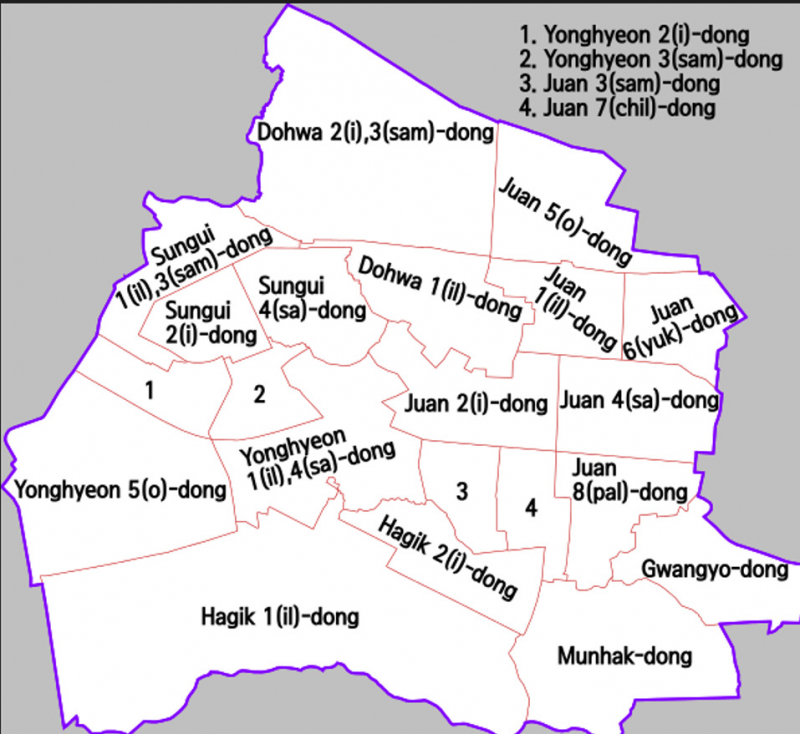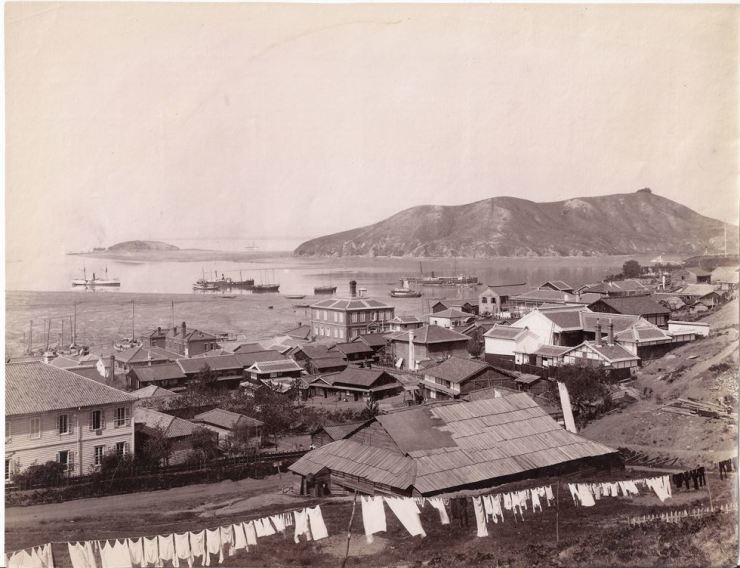Incheon has a long history of renaming
Incheon has a long history of renaming. This thriving metropolis has had many name changes throughout its existence. Gyeongwon, Michuhol, Inju, Jemulpo, and Inchon are all associated with a part of Incheon's history up until the early 1400s. The Incheon region first appears in written history around 475 AD, during the reign of King Jangsu of Goguryeo, also known as Michuhol, whose capital is said to have been atop Munhak Hill today. With succeeding kingdoms and dynasties, the region has seen several name changes. Incheon was referred to as Gyeongwon or Inju during the Goryeo era. Incheon became the official name in 1413. Incheon District then changed its name to Incheon Metropolitan Province. The southern parts of modern-day Incheon (Jung-gu, Dong-gu, Nam-gu, Yeonsu-gu, and Namdong-gu) and the northern portion of Siheung city made up Old Incheon. Guang-dong, where the provincial office and regional academy are situated, serves as the city core. The Incheon district office's two remaining "original" buildings are found near Munhak Elementary School, while the brand-new 2001 district office building is situated just across from Munhak Baseball Stadium.
Before the port's completion in 1883, the city's other historical name, Jemulpo, was not widely used. Up until the Japanese takeover, it was widely used. The city center was relocated from Gwangyo to Jemulpo with the opening of the Incheon port. Jemulpo or Gwangyo-dong is now thought of as the "original Incheon." During the Japanese occupation, it was often known as Jinsen due to the Japanese pronunciation of the Chinese characters for Incheon.
Before Korea implemented the new Romanization system in 2000, Incheon was also known as Inchon. Inchon, its romanized name, is a Korean word that means "friendly river".












